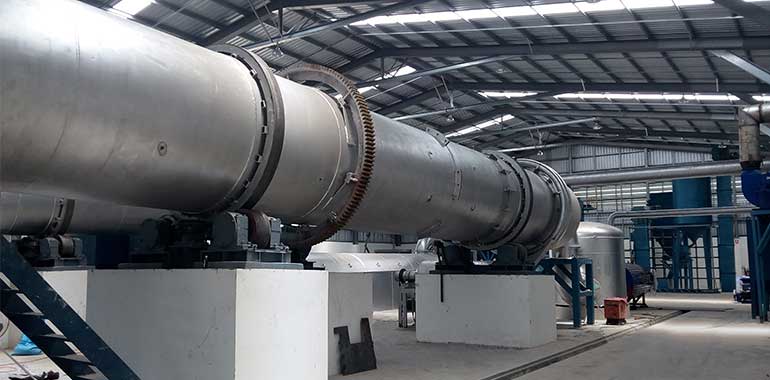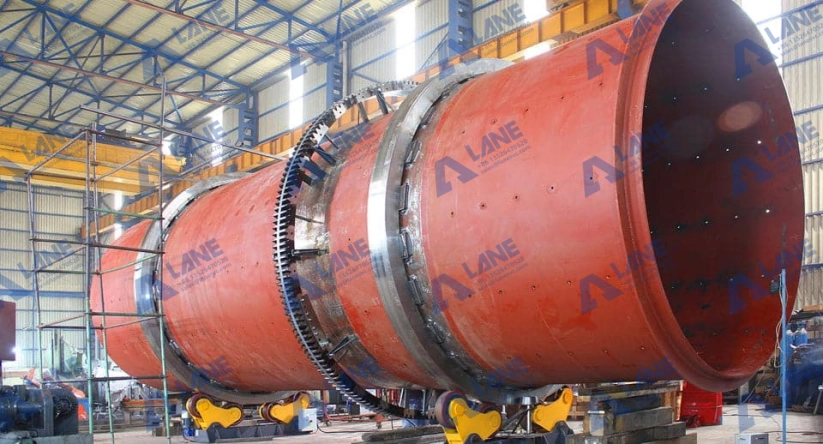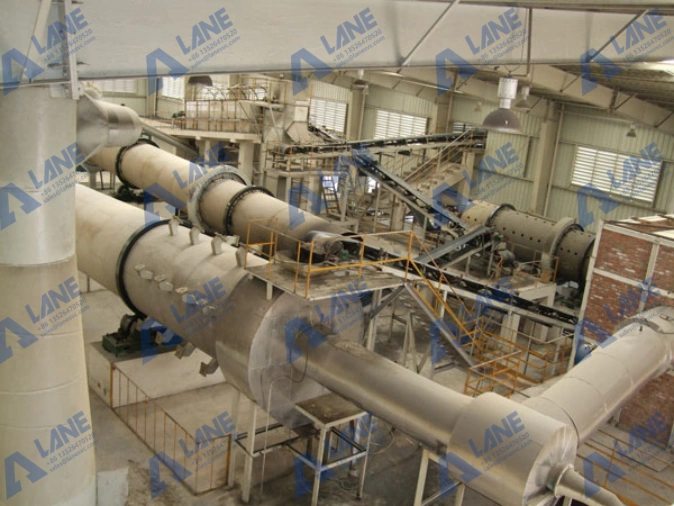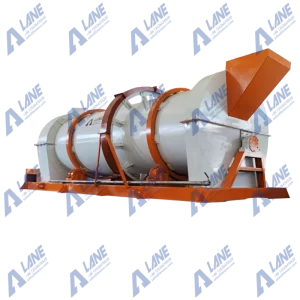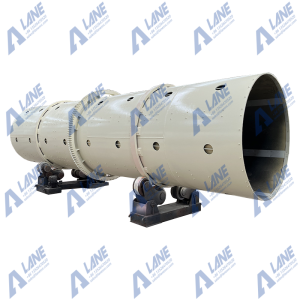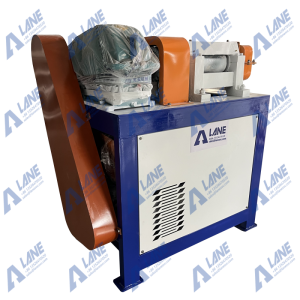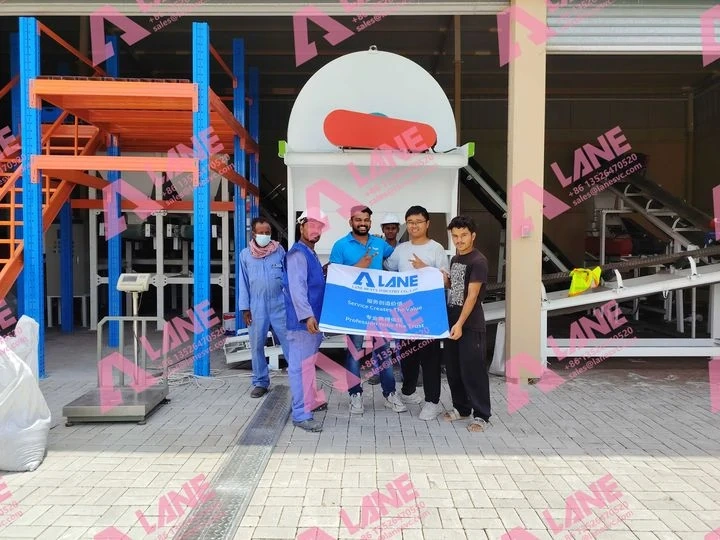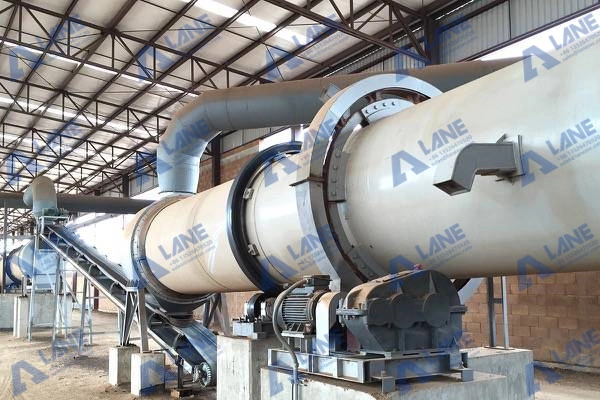6 Tips to Clean Granulation Equipment in SSP Fertilizer Production Lines
- 2025-08-16
Maintaining cleanliness in Granulation Equipment in SSP Fertilizer Production Lines is essential for producing high-quality SSP fertilizer and ensuring efficient, reliable production. Proper cleaning of Granulation Equipment in SSP Fertilizer Production Lines not only protects the granulators but also guarantees consistent granulation results and uniform particle quality. Ensuring that Granulation Equipment in SSP Fertilizer Production Lines is properly cleaned and maintained minimizes downtime, prevents residue buildup, and enhances overall operational efficiency. Here are practical tips for cleaning and maintaining your Granulation Equipment in SSP Fertilizer Production Lines, while highlighting the advantages of Lane Company’s equipment.
Tip 1: Ensure Safe Shutdown
-
Power off and lockout: Always turn off Granulation Equipment in SSP Fertilizer Production Lines and use a lockout/tagout (LOTO) system to prevent accidental startup.
-
Wear PPE: Gloves, safety goggles, dust masks, and long-sleeved clothing protect against dust and chemical residues.
-
Remove residual materials: Clear all raw materials, semi-finished products, and leftover granules from hoppers, feed chutes, and the drum.
-
Pre-cleaning ventilation: Ventilate the area to reduce airborne dust concentration for safer operation.
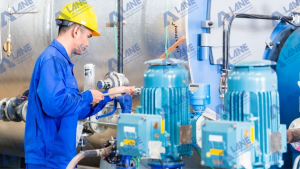
Tip 2: Clean Internal Parts Thoroughly
-
Disassemble removable components: Remove liners, sieves, scrapers, and blades for comprehensive cleaning.
-
Brush off adhered material: Use soft nylon brushes to remove residues from corners, edges, and scraper contact points.
-
Rinse or wipe: Use warm water or mild neutral detergent for sticky residues; dry completely to avoid clumping.
-
Inspect wear-prone parts: Check bearings, scrapers, liners, and seals for wear or damage; replace if necessary.
Tip 3: Clean External Surfaces
-
Remove dust: Use dry cloths, soft brushes, or industrial vacuums for frames, platforms, and equipment surfaces.
-
Protect electrical components: Keep motors, control panels, sensors, and wiring dry at all times.
-
Check auxiliary equipment: Inspect hoppers, conveyors, and feed pipes for blockages or residual material.
Tip 4: Sanitize and Maintain
Sanitizing and maintaining Granulation Equipment in SSP Fertilizer Production Lines is essential to ensure consistent product quality, prevent microbial contamination, and prolong equipment lifespan. Proper sanitation and maintenance protect both the equipment and the final SSP fertilizer product.
-
Use Disinfectants Effectively
-
For production lines containing organic materials, including manure, crop residues, or organic additives, it is crucial to apply environmentally friendly disinfectants after cleaning.
-
Spray or wipe all internal surfaces of the Granulation Equipment in SSP Fertilizer Production Lines, including drum liners, scrapers, and sieves.
-
Disinfection prevents microbial growth, reduces odor, and ensures that granules remain hygienic and safe for storage and use.
-
Focus on areas where organic residues may accumulate, such as corners, seams, and material contact points, to achieve thorough sanitization.
-
-
Lubricate Key Components
-
After cleaning and disinfection, lubricate bearings, chains, gears, and other moving parts to maintain smooth and reliable operation.
-
Proper lubrication reduces friction and wear, extending the service life of Granulation Equipment in SSP Fertilizer Production Lines and preventing unexpected breakdowns.
-
Regular lubrication ensures that granulators operate efficiently during continuous SSP fertilizer production, improving output consistency and reducing downtime.
-
-
Inspect and Maintain for Optimal Performance
-
While sanitizing, inspect all mechanical and structural components for signs of wear, corrosion, or damage.
-
Replace worn or damaged parts immediately to maintain the integrity of Granulation Equipment in SSP Fertilizer Production Lines and prevent production interruptions.
-
Ensure that all fasteners, seals, and bolts are securely tightened after cleaning and maintenance.
-
Tip 5: Establish a Regular Cleaning Schedule
Maintaining a consistent cleaning schedule is crucial for Granulation Equipment in SSP Fertilizer Production Lines to ensure smooth operation, prevent equipment wear, and guarantee high-quality granules. Here’s how to establish an effective schedule:
-
Daily Cleaning
-
Remove light dust and residual materials from hoppers, feed chutes, and the granulator drum at the end of each production shift.
-
This prevents small accumulations from hardening and causing blockages, which could affect granulation efficiency.
-
Wipe external surfaces, control panels, and nearby platforms to maintain a clean working environment.
-
-
Weekly Inspection and Cleaning
-
Conduct a more thorough cleaning at least once a week.
-
Inspect moving parts such as blades, scrapers, and conveyors for minor wear or residue buildup.
-
Clean internal components that are accessible without full disassembly to ensure optimal material flow.
-
-
Monthly or Quarterly Deep Cleaning
-
Disassemble key components including drum liners, sieves, scrapers, and bearings for a comprehensive clean.
-
Check for wear, cracks, or deformation; replace any damaged parts promptly.
-
For organic-containing SSP lines, apply environmentally friendly disinfectants to prevent microbial growth.
-
Lubricate bearings, chains, gears, and other moving parts after cleaning to maintain smooth operation.
-
-
Documentation and Log-Keeping
-
Record each cleaning session in a detailed log, noting date, responsible personnel, and inspection results.
-
Tracking cleaning history helps identify recurring issues, schedule preventive maintenance, and maintain regulatory compliance.
-
Logs also provide a reference for training new operators in proper cleaning procedures.
-
Tip 6: Key Precautions
-
Avoid metal hard brushes or sharp tools that may damage liners or blades.
-
Ensure all parts are fully dry before next production cycle to prevent clumping.
-
Pay extra attention to odor and microbial control for organic-containing granulators.
-
Clean in sections and stages to ensure thorough coverage while minimizing downtime.
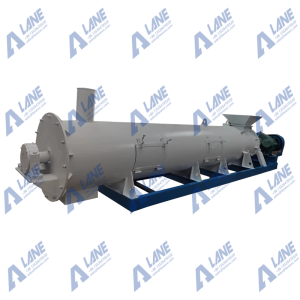
Conclusion
Regular cleaning and proper maintenance of Granulation Equipment in SSP Fertilizer Production Lines are essential for ensuring stable production, consistent product quality, and long-lasting equipment performance. Well-maintained granulators prevent residue buildup, reduce downtime, and support efficient material flow throughout the SSP fertilizer production process.
Using LANE Company’s granulators adds another layer of efficiency and reliability to Granulation Equipment in SSP Fertilizer Production Lines. Lane granulators are engineered with durable materials, corrosion-resistant surfaces, and easy-to-clean components, making maintenance and sanitation faster and safer. Their user-friendly design simplifies internal and external cleaning procedures, ensuring that every part of the granulator is properly maintained.
Moreover, well-maintained Granulation Equipment in SSP Fertilizer Production Lines contributes to safer working conditions, reducing exposure to dust, chemical residues, and microbial contaminants. Operators can perform cleaning, inspection, and maintenance tasks more efficiently, increasing overall productivity while minimizing labor costs.
